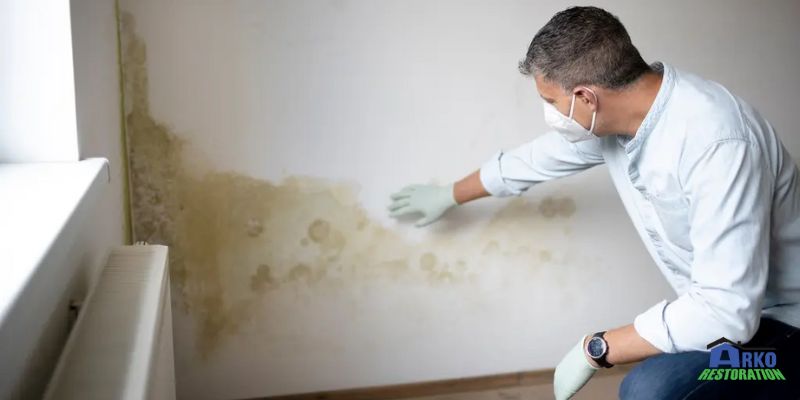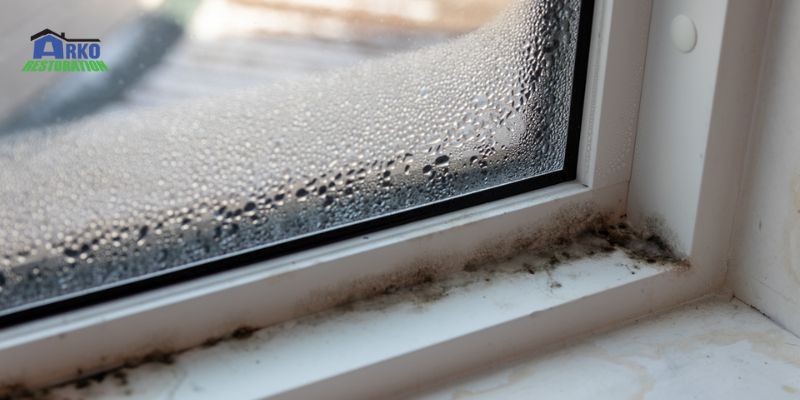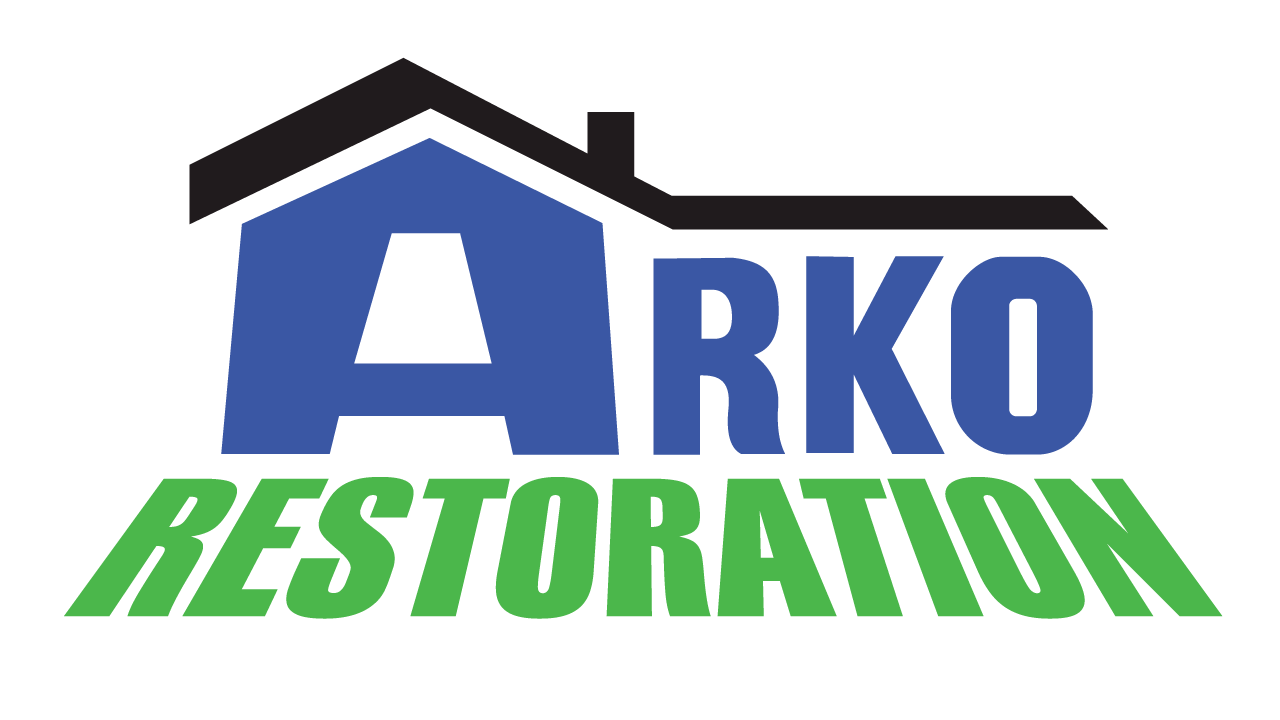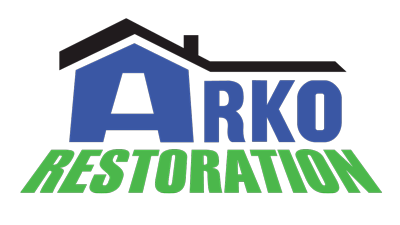Mold is a common issue that many homeowners face, and it can have detrimental effects on both your health and the structural integrity of your home. Identifying the signs of mold growth inside your walls is crucial in order to address the problem promptly and effectively.
Understanding Mold Growth

Mold is a type of fungus that thrives in moist environments. It reproduces by releasing spores into the air, which can then settle and grow on surfaces. The presence of mold inside your walls can be particularly concerning as it is not always visible to the naked eye. However, certain signs can indicate its presence.
Signs Of Mold Inside Your Walls
How might you know there’s mold in your walls? Here are some signs…
1. Musty Odor
One of the first signs that you may have mold inside your walls is a persistent musty odor. If you notice a damp, earthy smell that lingers in certain areas of your home, it could be an indication of hidden mold growth. Pay close attention to rooms with high humidity levels or areas that have experienced water damage in the past.
2. Allergic Reactions
Mold spores can trigger allergic reactions in susceptible individuals. If you or your family members start experiencing unexplained allergic symptoms such as sneezing, coughing, itchy eyes or respiratory issues, it could be a result of mold exposure. These symptoms may worsen when spending time in specific rooms or areas of your home.
3. Visible Mold Growth
In some cases, mold growth may become visible on the surface of your walls. Keep an eye out for patches of discoloration, fuzzy growth or black spots. However, it’s important to note that mold can also grow behind wallpaper, drywall or other materials, making it difficult to detect without proper inspection.
4. Water Leaks Or Moisture Issues
Water leaks or moisture problems are a common precursor to mold growth. If you have experienced any plumbing issues, roof leaks or moisture buildup due to poor ventilation, it increases the likelihood of mold developing within your walls. Inspect areas near pipes, windows or roofs for any signs of water damage or staining.
Dealing With Mold Inside Your Walls

Once you have identified the signs of mold growth within your walls, it is crucial to take immediate action to mitigate the problem.
Here are the steps you should follow to effectively deal with mold.
1. Consult A Professional
If you suspect mold inside your walls, it is recommended to seek the assistance of a professional mold remediation specialist. They have the expertise and equipment to properly assess the extent of the mold growth and develop a suitable plan for removal.
2. Mold Testing
In some cases, mold testing may be necessary to identify the specific type and concentration of mold present. This information can help determine the appropriate remediation measures and ensure the safety of your household.
3. Containment & Removal
To prevent the spread of mold spores during the removal process, containment measures should be implemented. This involves sealing off the affected area and using specialized equipment, such as negative air machines, to filter and remove airborne mold particles. The affected materials, such as drywall or insulation, may need to be carefully removed and replaced.
4. Address Underlying Issues
Mold growth is often a symptom of underlying moisture issues. It is crucial to identify and address the source of moisture to prevent future mold problems. Repair any leaks, improve ventilation and ensure proper insulation to create a dry and inhospitable environment for mold growth.
5. Cleaning & Prevention
After the mold remediation process, it is essential to thoroughly clean the affected area. Use appropriate antimicrobial solutions and ensure proper drying to prevent any residual mold growth. Implement preventive measures such as regular inspections, prompt repairs and maintaining optimal humidity levels to minimize the chances of mold reoccurring.
Summary:
Mold growth inside your walls can have severe consequences for both your health and your home. By recognizing the signs of mold presence and taking immediate action, you can effectively address the issue and prevent further damage. Remember to consult professionals, conduct proper testing and implement thorough remediation measures. By creating a clean and dry living environment, you can ensure the well-being of your household and leave mold-related worries behind.


